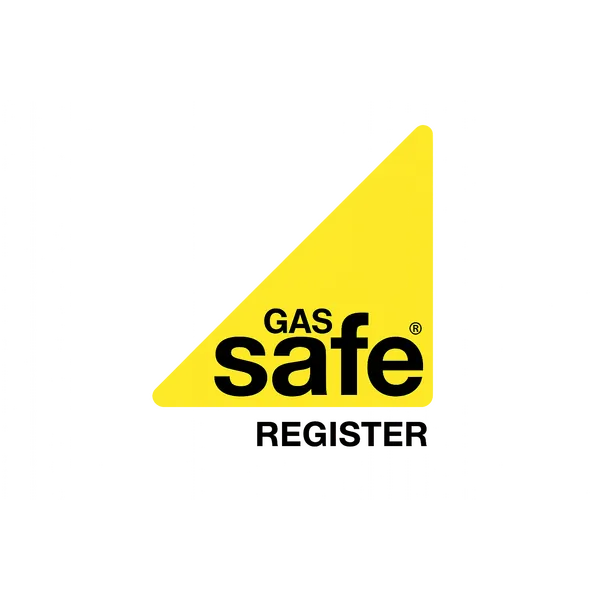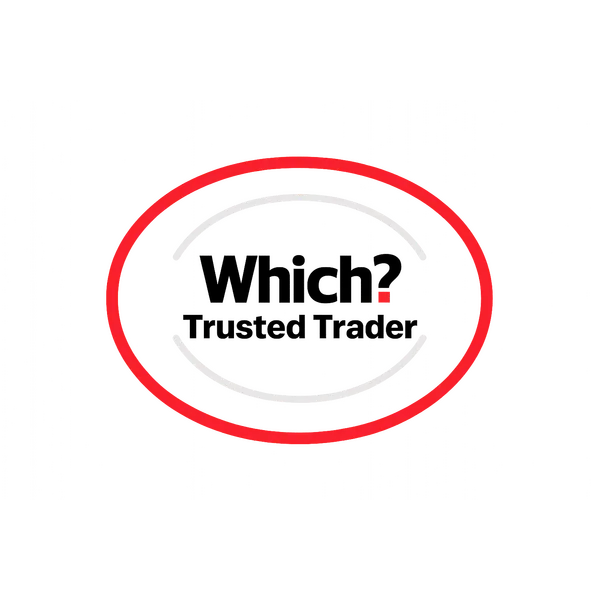Cost of Solar Panels Over Time: Trends and Insights
As of 2025, the average cost of a 4kW solar panel system, suitable for most UK homes, ranges from £5,000 to £6,000. This represents a notable reduction from previous years, with prices dropping by approximately 16% since May 2023.
The Dramatic Price Evolution
From Luxury to Mainstream
The solar industry has witnessed one of the most dramatic price reductions in technology history:
- Early 2000s: £10 per watt - Solar was a luxury for enthusiasts
- 2010: £5 per watt - Early adopters began investing
- 2015: £2.50 per watt - Mass market adoption started
- 2020: £2 per watt - Solar became competitive with grid electricity
- 2025: £1.50 per watt - Solar is now the cheapest energy source
This represents a 85% cost reduction over two decades, making solar accessible to millions of UK households.
Current UK Solar Panel Costs by System Size
Small Homes (2-3 bedrooms)
- 3kW system: £4,500 - £5,500
- 8 panels at 375W each
- Annual generation: ~2,550 kWh
- Suitable for: Couples or small families
Average Homes (3-4 bedrooms)
- 4kW system: £5,000 - £6,000
- 10 panels at 400W each
- Annual generation: ~3,400 kWh
- Suitable for: Most UK households
Large Homes (4+ bedrooms)
- 6kW system: £7,000 - £8,500
- 15 panels at 400W each
- Annual generation: ~5,100 kWh
- Suitable for: Large families or high energy users
What's Driving the Cost Reduction?
Manufacturing Scale
- Global production capacity has increased 100-fold
- Economies of scale reduce per-unit costs
- Automated manufacturing improves efficiency
Technology Improvements
- Panel efficiency has doubled from 10% to 20%+
- New materials reduce production costs
- Longer lifespans spread costs over more years
Market Competition
- Hundreds of manufacturers worldwide
- Competitive bidding for large projects
- Innovation driven by market forces
Supply Chain Maturity
- Established distribution networks
- Trained installer base
- Standardised components and processes
Hidden Costs to Consider
While panel prices have dropped, total installation costs include:
Essential Components
- Inverter: £500 - £1,500 (depending on type)
- Mounting system: £300 - £600
- Electrical components: £200 - £400
- Monitoring system: £100 - £300
Installation Factors
- Labour: £300 - £500 per day
- Scaffolding: £400 - £800
- Electrical upgrades: £200 - £500 (if needed)
- Certification: £100 - £200
Optional Additions
- Battery storage: £3,000 - £8,000
- Optimisers: £50 - £80 per panel
- Extended warranties: £200 - £500
Return on Investment Timeline
With current costs and energy prices:
Payback Periods
- Without battery: 6-8 years
- With battery: 8-10 years
- High energy users: 5-7 years
- Low energy users: 8-12 years
Lifetime Returns
Over 25 years, a typical 4kW system can:
- Generate 85,000 kWh of electricity
- Save £20,000 - £25,000 on bills
- Earn £2,000 - £3,000 from exports
- Provide 300-400% return on investment
Future Cost Predictions
Industry experts predict continued cost reductions:
2025-2030 Forecast
- Panel costs: Further 20-30% reduction expected
- Installation costs: Likely to remain stable
- Battery costs: 40-50% reduction anticipated
- Total system costs: 25-35% lower by 2030
Technology Drivers
- Perovskite solar cells promising 30%+ efficiency
- Building-integrated PV reducing installation costs
- Standardisation improving installer productivity
- AI optimisation reducing system design costs
Making Solar Affordable Today
Financing Options
- 0% interest loans: Available from some suppliers
- Green mortgages: Lower rates for eco-improvements
- Rent-to-own schemes: No upfront costs
- Group buying: Community schemes reduce prices
Government Support
- 0% VAT: On all residential solar installations
- SEG payments: For exported electricity
- ECO4 grants: For eligible households
- Local authority schemes: Various regional programs
Quality vs Cost Considerations
Premium Systems (£7,000+)
- Top-tier panels with 25-year warranties
- Advanced monitoring and optimisation
- Premium inverters with extended warranties
- Professional installation with guarantees
Mid-Range Systems (£5,000-£7,000)
- Quality panels with 20-year warranties
- Standard inverters with good efficiency
- Professional installation
- Basic monitoring included
Budget Systems (£4,000-£5,000)
- Entry-level panels with 15-year warranties
- Basic inverters
- Standard installation
- Limited additional features
The True Cost of Waiting
Every year you delay solar installation costs you:
- Lost savings on electricity bills
- Exposure to rising energy prices
- Missed export income opportunities
- Continued carbon emissions
With energy prices rising faster than solar costs are falling, the financial case for solar strengthens daily.
Regional Price Variations
Solar costs vary across the UK:
- London/Southeast: 10-15% premium
- Scotland: 5-10% higher (logistics)
- Wales/Southwest: Average pricing
- Northern England: 5% below average
Conclusion
The dramatic reduction in solar panel costs has transformed the UK energy landscape. With prices at historic lows and energy costs at historic highs, solar panels offer exceptional value for homeowners. The combination of mature technology, competitive markets, and supportive policies makes 2025 an ideal time to invest in solar.
Don't wait for prices to fall further - the savings you'll miss exceed any future cost reductions. Contact CRG Direct today for a personalised quote and join thousands of UK homeowners already benefiting from affordable, clean solar energy.















